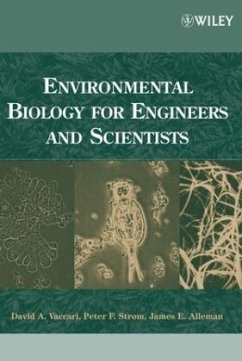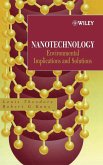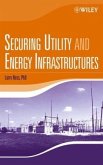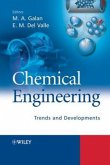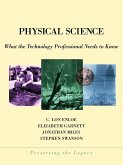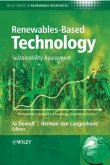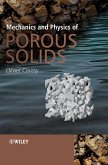Introducing environmental engineers and scientists (chemists, physicists, geologists, environmental planners, etc.) to biology, Environmental Biology for Engineers and Scientists covers a far wider range of biology than has historically been taught to environmental engineers and offers a way to train future environmental engineers.
* Introduces environmental engineers and scientists to biology, a subject important in their professional lives, but which is not covered well in college
* Based on a graduate-level course designed to teach engineers to be literate in biological concepts and terminology
* Contains information comprehensive enough so that it can serve as a professional reference in addition to a textbook
* Includes problem sets at the end of each chapter
* Includes course material including notes, problems and solutions, and powerpoints of many figures for instructors
The growth of the environmental sciences has greatly expanded the scope of biological disciplines today's engineers have to deal with. Yet, despite its fundamental importance, the full breadth of biology has been given short shrift in most environmental engineering and science courses.
Filling this gap in the professional literature, Environmental Biology for Engineers and Scientists introduces students of chemistry, physics, geology, and environmental engineering to a broad range of biological concepts they may not otherwise be exposed to in their training. Based on a graduate-level course designed to teach engineers to be literate in biological concepts and terminology, the text covers a wide range of biology without making it tedious for non-biology majors.
Teaching aids include:
_ Notes, problems, and solutions
_ Problem sets at the end of each chapter
_ PowerPoints(r) of many figures
A valuable addition to any civil engineering and environmental studies curriculum, this book also serves as an important professional reference for practicing environmental professionals who need to understand the biological impacts of pollution.
* Introduces environmental engineers and scientists to biology, a subject important in their professional lives, but which is not covered well in college
* Based on a graduate-level course designed to teach engineers to be literate in biological concepts and terminology
* Contains information comprehensive enough so that it can serve as a professional reference in addition to a textbook
* Includes problem sets at the end of each chapter
* Includes course material including notes, problems and solutions, and powerpoints of many figures for instructors
The growth of the environmental sciences has greatly expanded the scope of biological disciplines today's engineers have to deal with. Yet, despite its fundamental importance, the full breadth of biology has been given short shrift in most environmental engineering and science courses.
Filling this gap in the professional literature, Environmental Biology for Engineers and Scientists introduces students of chemistry, physics, geology, and environmental engineering to a broad range of biological concepts they may not otherwise be exposed to in their training. Based on a graduate-level course designed to teach engineers to be literate in biological concepts and terminology, the text covers a wide range of biology without making it tedious for non-biology majors.
Teaching aids include:
_ Notes, problems, and solutions
_ Problem sets at the end of each chapter
_ PowerPoints(r) of many figures
A valuable addition to any civil engineering and environmental studies curriculum, this book also serves as an important professional reference for practicing environmental professionals who need to understand the biological impacts of pollution.
"...this is a great text that covers a multitude of topics well, and is well written and comprehensive. I predict it will be popular as a text for environmental engineering students." ( Journal of Hazardous Materials , August 2006)
"...a resource for a two-semester course but can be used as an outline...for a single-semester course...highly recommended." ( CHOICE , May 2006)
"...attempts to cover a wide range of biology without making it tedious to those working outside the area...an important reference for practicing environmental professionals..." ( Journal of American Water Works Association , April 2006)
"Based on a graduate level course designed to teach engineers to be literate in biological concepts and terminology, the text covers a wide range of biology without making it tedious for nonbiology majors." ( Journal of the American Water Resources Association , February 2006)
"...a resource for a two-semester course but can be used as an outline...for a single-semester course...highly recommended." ( CHOICE , May 2006)
"...attempts to cover a wide range of biology without making it tedious to those working outside the area...an important reference for practicing environmental professionals..." ( Journal of American Water Works Association , April 2006)
"Based on a graduate level course designed to teach engineers to be literate in biological concepts and terminology, the text covers a wide range of biology without making it tedious for nonbiology majors." ( Journal of the American Water Resources Association , February 2006)

